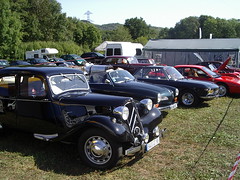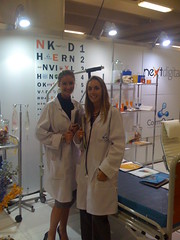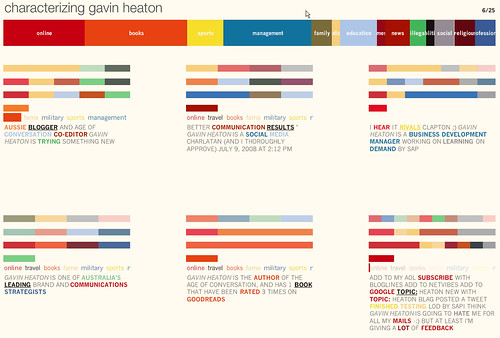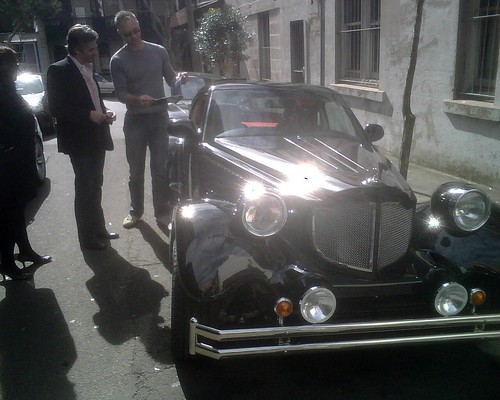Regular readers will know that I love the idea of play. In fact, I love it so much I built a mnemonic around it – the P-L-A-Y framework for storytelling. But “play” goes so much further for me – it goes to the very heart of our existence. It manifests as what theorists would call a “libidinal drive” – something that compels us to do something – an action that creates an exchange.
But to “be” playful means inhabiting “playfulness”. It also means letting playfulness inhabit you. In many ways, this is what we call “personality” – those traits that show through while you are being yourself – being playful. Being serious.
Russell Davies has a great post on being playful – which actually leads in a different direction from what I was expecting (surprise #1). Rather than investigating playfulness, he looks, instead at “pretending” – and how our various consumer purchases open the door to our imaginary life.
Think, for example, of the link between an iPhone and a Star Trek communicator (so thoughtfully captured in this image!). You can’t tell me that iPhone and other gadget users don’t get a secret buzz out of living out their childhood fantasies. Brands that win are able to facilitate a sense of transference – allowing us to put ourselves into an imaginary space and project an alternative vision of ourselves. After all, I may ride a Ducati (or used to), but I’m never going to be a MotoGP world champion. As Russell points out:
But it's not just a matter of dressing up. A successful pretending object has to delicately balance pretending affordance with not making you look like an idiot. That's why so many successful pretending objects are also highly functional.
If the “pretending object” goes too far – it does indeed make us look idiotic. We become poseurs – mere representations of something more serious. But of the pretending object doesn’t go far enough – then it is trashed, considered lame, and discarded or ignored by its intended audience.
And this is the art in design and the fine line in communications. How do we allow people into the process of creating meaning without restricting their creativity unduly? I think the approach is to turn our “consumers” into Flaneurs. It’s about the experience – but on another person’s terms – not ours. It’s the placing of a product/service/offering in the service of another’s contextual experience. It means that the Flaneur’s experience is paramount – and the “thing-that-is-your-brand” will be recombined, re-absorbed and recontextualised according to its use-life.
Now, that’s what I call a “value exchange”.






